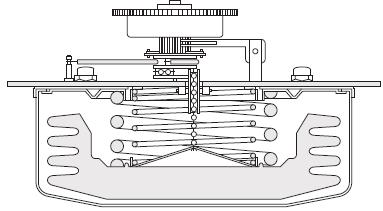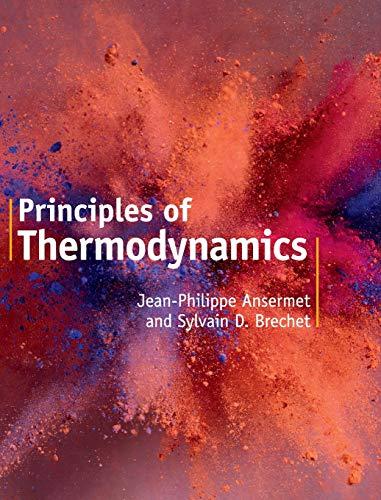A Swiss watchmaker states in a flyer the mechanical power PW dissipated by a specific clock (Fig.
Question:
A Swiss watchmaker states in a flyer the mechanical power PW dissipated by a specific clock (Fig. 2.10). The work provided to the clock is due to the temperature
Figure 2.10
A clock receives its energy from the gas capsule (shaded area). The gas expands and contracts under the effects of the temperature fluctuations in the room. fluctuations ΔT around room temperature T that let the clock run during a time t. We consider that the atmospheric pressure pext is equal to the pressure of the gas p, i.e. pext = p. The pressure p and the volume V of the gas are related by the ideal gas law pV = NR T where R is the ideal gas constant. Consider that the gas in the capsule is always at equilibrium with the air outside of the capsule (pressure and temperature are the same inside and outside). From the watchmaker’s information, estimate the volume V of the gas capsule used to run this clock.
Numerical Application:![]()
Step by Step Answer:

Principles Of Thermodynamics
ISBN: 9781108426091
1st Edition
Authors: Jean-Philippe Ansermet, Sylvain D. Brechet





